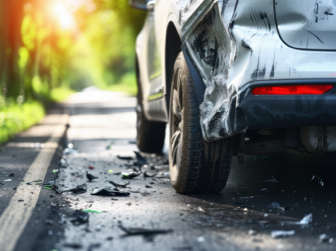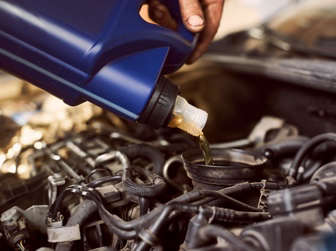Motorists Beware: Navigating Traffic and Road Safety in South Africa
A new wave of road spike attacks is putting South African motorists at risk, with incidents increasing sharply from late 2024 into early 2025. These attacks, which are especially common in Gauteng but also reported in other provinces, involve criminals using spikes to puncture tyres, forcing drivers to stop and leaving them vulnerable to robbery, assault, or hijacking.
Crime and road safety news on social media
South Africans who use social media for news aren’t always kept in the loop, despite it being one of the easiest ways to stay informed. While major news events tend to dominate timelines, critical updates about traffic and road safety issues often go unnoticed or require subscriptions to access.
Now more than ever, staying informed about traffic and road safety developments is crucial. From rising hijacking risks to the growing threat of road spikes, motorists face increasing dangers. Without widespread awareness, many drivers remain unaware of high-risk areas, crime trends, and essential safety measures—putting them at greater risk every time they hit the road.
Everything you need to know about how road spikes work
Criminals typically place spikes on poorly lit roads, under bridges, or in secluded areas, waiting for unsuspecting drivers to hit them. Once a vehicle is immobilised, they strike—sometimes in groups, taking advantage of the driver’s helplessness. Reports suggest they are also evolving their tactics, using stolen vehicles to follow victims or covering spikes with clothing to trick motorists into stopping.
What started as a crime trend in Gauteng has now spread to the North West, Mpumalanga, Limpopo, and KwaZulu-Natal, particularly along major routes. In response, authorities have issued warnings, urging motorists to stay vigilant.
Reasons and causes of crime
The reasons and causes of crime may seem obvious to some, but understanding why it happens gives us a better idea of the crisis, like learning more about what are the most stolen vehicles in South Africa or uncovering the increase in hijackings.
In the first half of 2024, Gauteng recorded 5,163 hijackings, accounting for nearly half (48%) of all carjackings in the country. The Western Cape reported 1,613 incidents, while KwaZulu-Natal saw 1,512 cases during the same period. In total, Stats SA recorded an estimated 287,000 people falling victim to hijackings over the past five years.
The Growing Danger
- In January 2025, or at least since the end of the festive season, at least 40 suspects have been arrested in connection with these crimes.
- Some victims have suffered violent attacks, including robbery, assault, and even being forced to withdraw cash from ATMs.
- The Motor Industry Staff Association (MISA) warns that criminals are becoming more aggressive, despite increased police patrols in some areas.
High-Risk Areas Identified
Authorities and road safety experts have flagged the following hotspots:
- N4 freeway between Donkerhoek and Bronkhorstspruit
- R104
- N1 highway between Midrand and the Soweto turnoff
- R80 Mabopane Freeway in Pretoria
On the N4, criminals have also been reported throwing rocks onto the road to force vehicles to stop.
Traffic and road safety tips
The Automobile Association (AA) advises drivers to:
- Avoid driving at night and stick to well-lit, busy routes.
- Stay alert in high-risk areas and avoid stopping immediately if spiked. Instead, drive slowly to a safer location.
- Keep a safe following distance and drive within speed limits to react quickly to road hazards.
- Inform someone of your route before travelling, especially in unfamiliar areas.
- Consider run-flat tyres, though even standard tyres can last long enough at reduced speeds to reach safety.
Key Takeaway
Law enforcement, private security firms, and community police forums are working to remove spikes from roads and patrol known danger zones. However, road safety activist Yusuf Abramjee stresses that personal vigilance is still the best defence.
With attacks on the rise, staying informed and cautious is crucial for all South African motorists.
February’s Best-Selling Cars in South Africa Revealed
NCAP Ratings: How it Impacts Your Next Car Purchase


